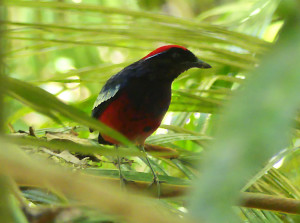
Taman Negara, in Peninsula Malaysia, is one of the most legendary birding locations in Southeast Asia. With primary lowland rainforest covering much of the park it is home to many species which are hard to see as well as many that have become very scarce due to habitat destruction making any visit here highly-anticipated. Taman Negara also has a reputation as an extremely difficult location for birding too with high biodiversity but low abundance and observation being tough due to thick vegetation and high canopy. Well, the recent tour I alongside Lee Kok Chung experienced both facets of this amazing forest with birding requiring extreme patience and persistence but with the rewards being superb birds such as Garnet Pitta, Rail Babbler, Helemeted Hornbill, Rhinoceros Hornbill, Large Frogmouth, Rufous-collared Kingfisher, Orange-backed Woodpecker, Scarlet-rumped Trogon, Black-and-red Broadbill, Green Broadbill, Great Slaty Woodpecker, Malaysian Eared Nightjar, Checker-throated Woodpecker, Red-naped Trogon, Fluffy-backed Tit Babbler, Crested Jay and much more.One of the birds we saw at Taman Negara was eventually voted as bird of the trip; Garnet Pitta is a stunning creature and belonging to the enigmatic group of Pittas it was always a major target of our trip but it was most certainly not easy to see. In fact it took many hours of patiently waiting and searching before we finally all got excellent views of this bird sitting on a low branch and calling. This was all the more satisfying for the fact that on one morning this species was seen only by myself and Lee having spent over an hour looking for one calling bird in thick vegetation and the disappointment of this was forgotten with our second Garnet Pitta which eventually satisfied everyone after much hard work.
Pittas are a really tricky group of birds and another species which gave us the runaround was Malayan Banded Pitta. We heard a few of these beautiful birds but only one gave views to some of us in the party which was a shame. However, a group of birds we did very well with was Woodpeckers, which are some of my favourite birds, and species such as Banded, Checker-throated, Rufous, Grey-and-buff, Great Slaty, White-bellied, Crimson-winged and Orange-backed Woodpecker were all much appreciated.
In this part of Asia it is normal to see a wide variety of Bulbuls too and this trip was no exception. While Asian Red-eyed Bulbul, Cream-vented Bulbul and Spectacled Bulbul are rather plain the endangered Straw-headed Bulbul was not only beautiful but had a wonderful song. Grey-cheeked Bulbul also attracted our attention with its song while the Finsch’s Bulbul above was a noisy and agitated bird giving us a nice view of a scarce bird.
This Puff-backed Bulbul was also interesting for some odd behaviour and for its tiny feet both of which can be seen in the photo below. Few birds have feet this tiny in proportion to their body size.
Other Bulbuls that we saw at Taman Negara included Stripe-throated, Cinereous, Buff-vented, Yellow-bellied and Yellow-rumped Bulbuls.
During our 3.5 day stay at Taman Negara we saw a lot of very high quality birds including Dusky Broadbill, Rufous-collared Kingfisher, Black-and-red Broadbill, Orange-backed Woodpecker and many others but it was notable how low the abundance of smaller birds was with a few of the commoner Babblers only seen once or not at all and Flowerpeckers being very thin on the ground even in gardens full of flowering trees. Still with large birds such as two magnificent Helmeted Hornbills in flight and this calling Rhinoceros Hornbill we were happy to enjoy the birds that were there rather than dwell on a few that were not.
Despite the birding being hard we picked off lots of great birds one by one; I enjoyed Fluffy-backed Tit Babbler and Crested Jay is always awesome. We had flight views of Blue-rumped Parrot and I got a lifer in the form of several Long-tailed Parakeets perched on a large tree. Silver-rumped Spinetails and Brown-backed Needletails were to be found high in the sky and Violet Cuckoos were abundant but even then it took a while to see one well.
Fruiting trees were not very productive for us but we did get Little Green Pigeon, Thick-billed Green Pigeon and a group of the much rarer, Large Green Pigeon.
Ground birds are an enticement at Taman Negara but they are extremely hard to see apart from Crested Fireback which is easily found close to HQ. There were also tame, released, female Great Argus and a pair of Malayan Peacock Pheasants to be seen too, but these birds have rings on their legs.
One of the most-desired ground birds was Malaysian Rail Babbler and we spent quite a few hours in pursuit of this incredible bird. The first one did not show itself at all and the second one gave us the runaround for ages before scampering across the track to give some people dodgy views. On our last morning a third bird approached us but was only seen briefly by a couple of us which made us very frustrated indeed. Never mind though we were to get great views of this mega somewhere else!
We did a little night birding with Malaysian Eared Nightjars flying over the canopy at dusk and a calling Sunda Scops Owl that would not reveal itself. However, a wonderful Large Frogmouth put itself in contention for the bird of the trip.
Birding in Taman Negara is not easy which confirms what many others have previously said about it, but for those who are very patient and persistent the rewards can be great. Add our sightings of Grey-headed Fish Eagle, Sooty-capped Babbler, Wreathed Hornbill, Scarlet-rumped Trogon, Black-and-yellow Broadbill, Grey-chested Jungle Flycatcher, White-crowned Forktail and Yellow-crowned Barbet to the birds I have mentioned previously in this post and it is obvious that Taman Negara is one of the premier birding sights in SE Asia.
My future tours to Peninsula Malaysia all visit Taman Negara, see the full write up and dates of the next tour – Peninsula Malaysia birding tour.


 March 25th, 2018
March 25th, 2018  Nick
Nick 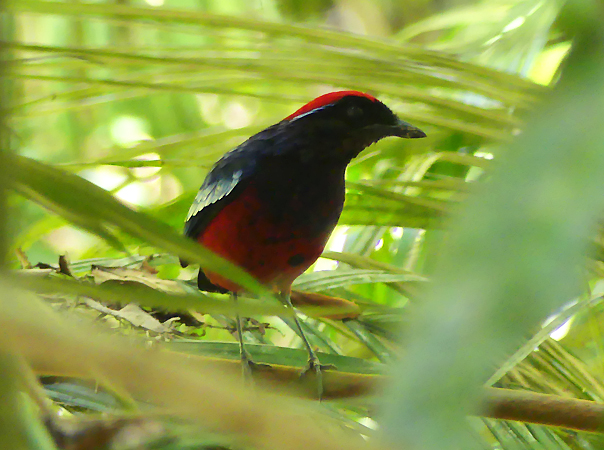
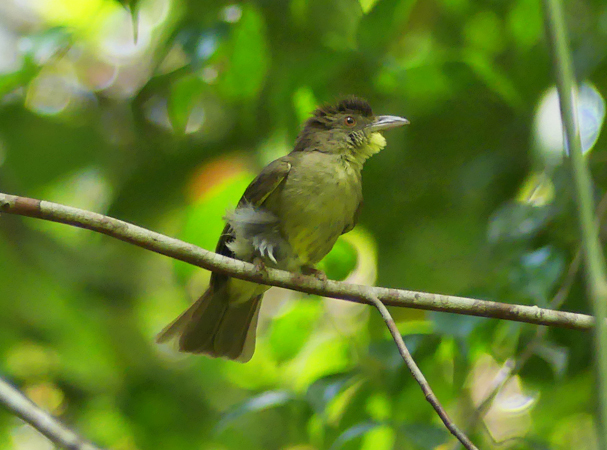
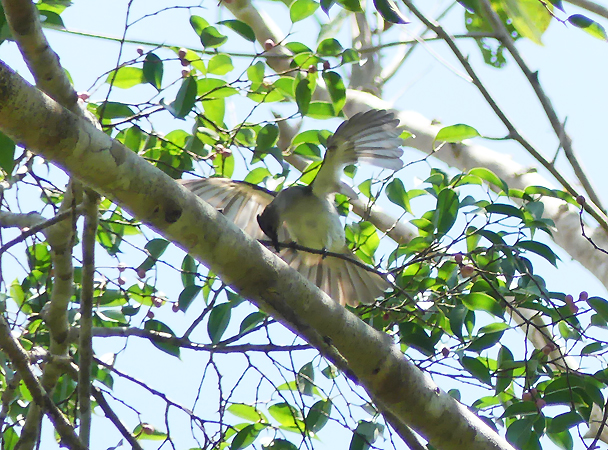
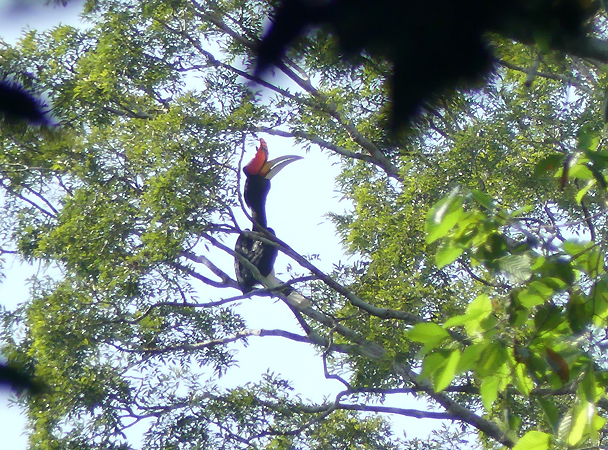
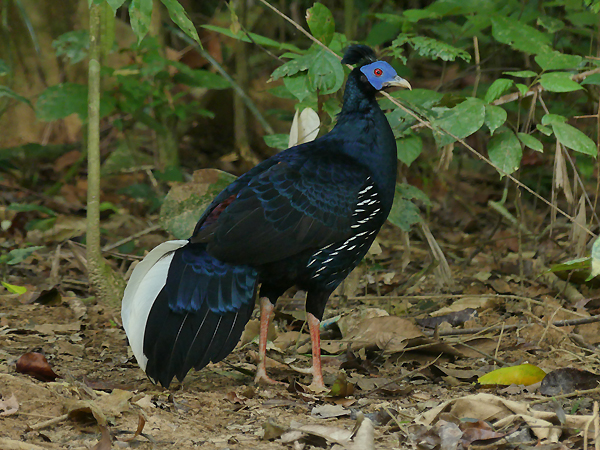
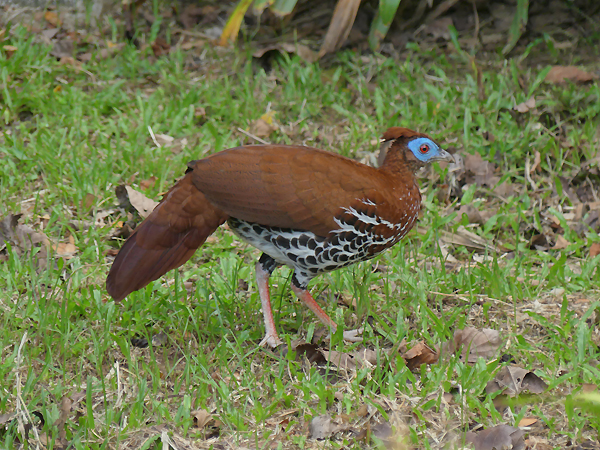

 Posted in
Posted in  Tags:
Tags: 









